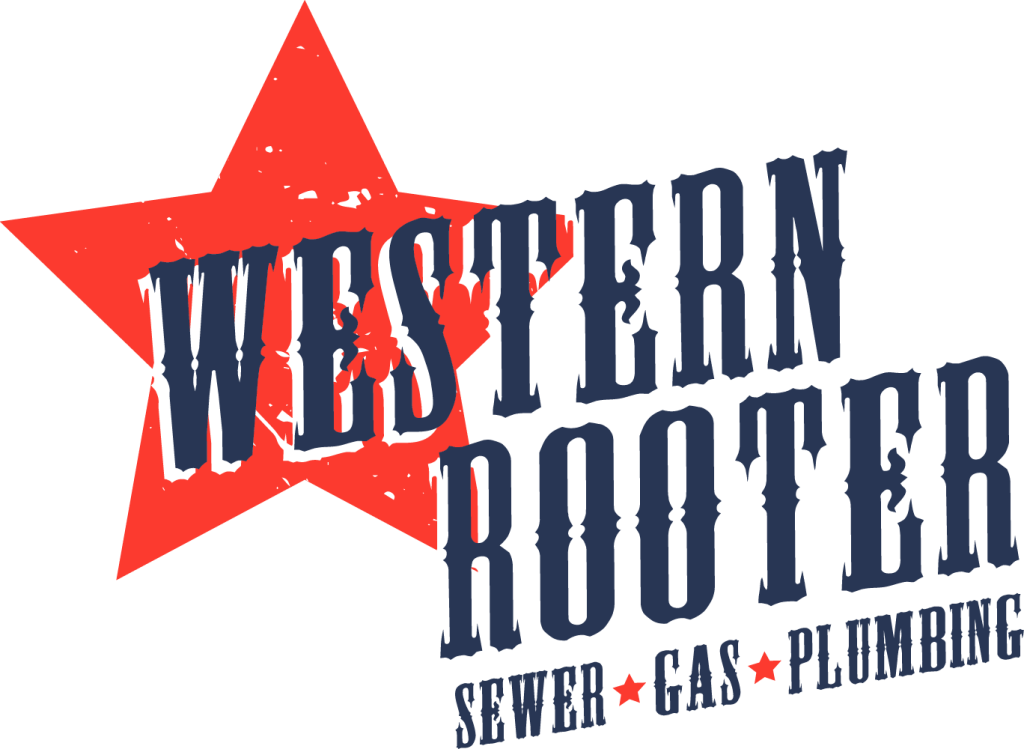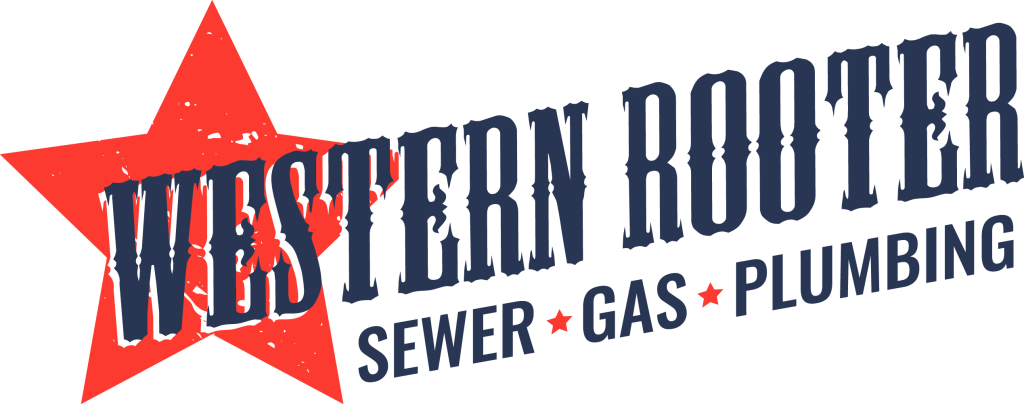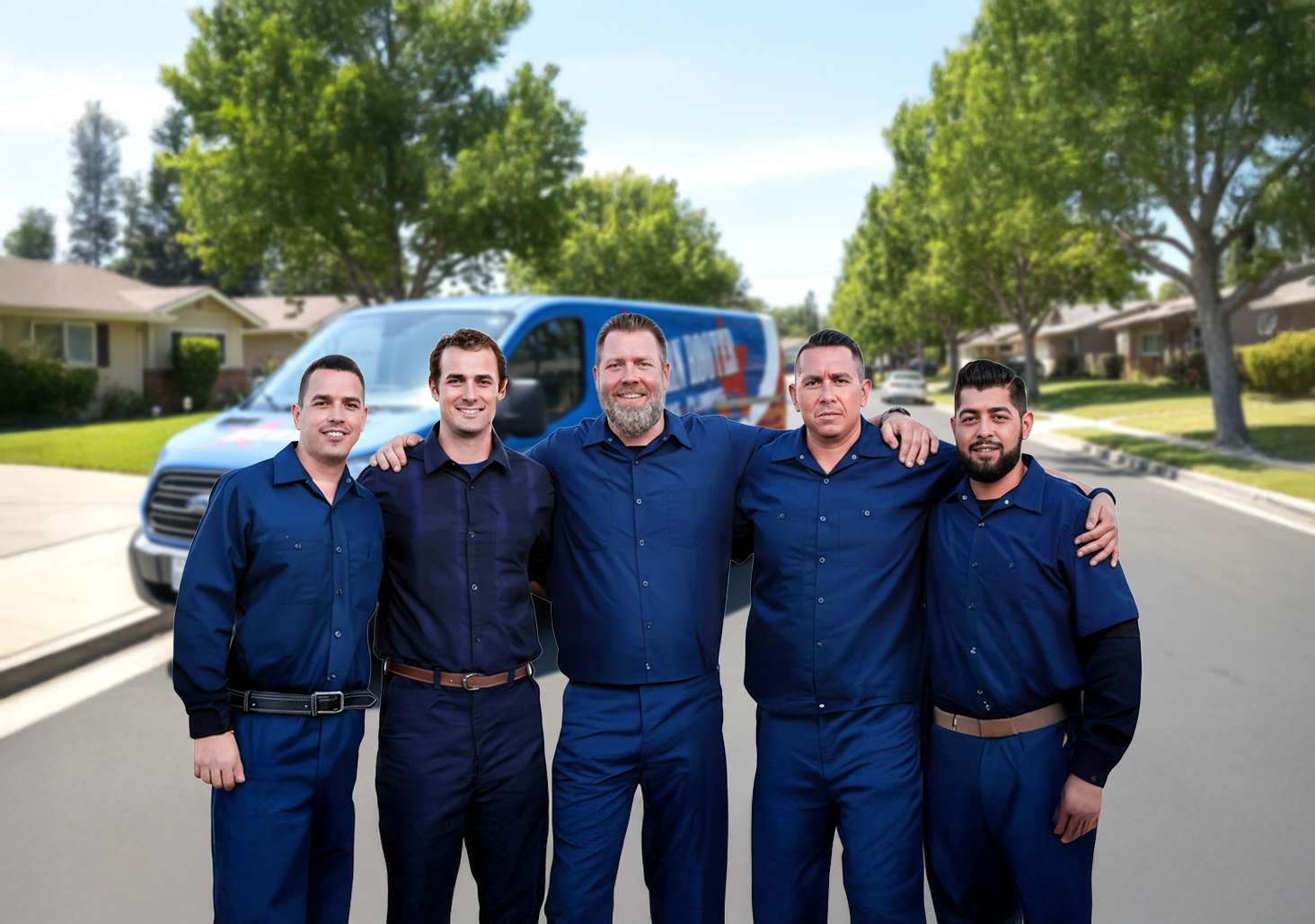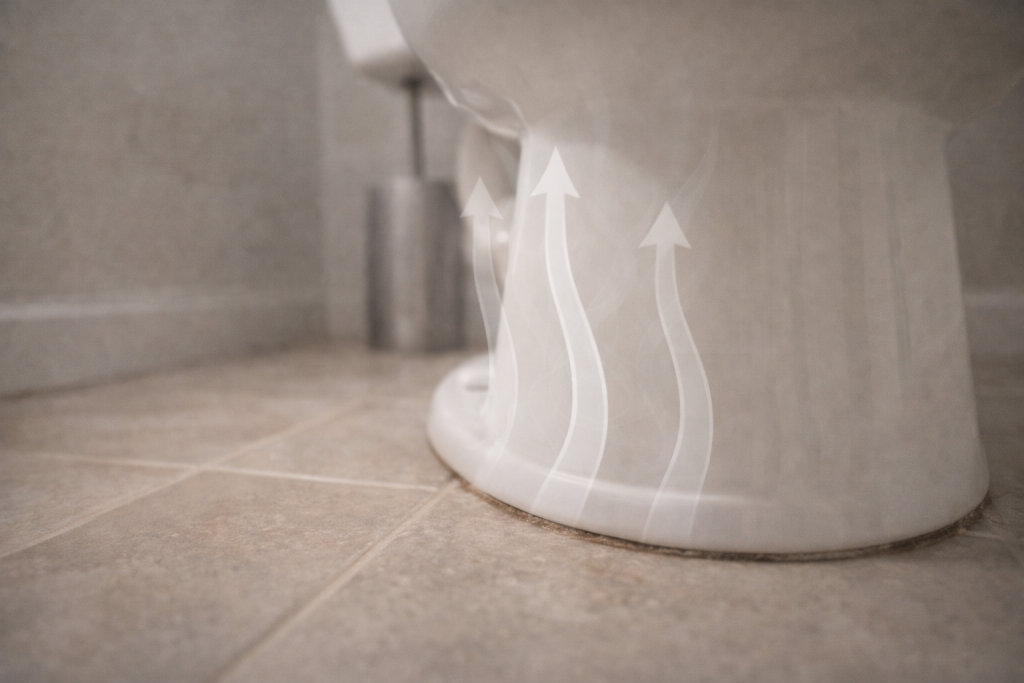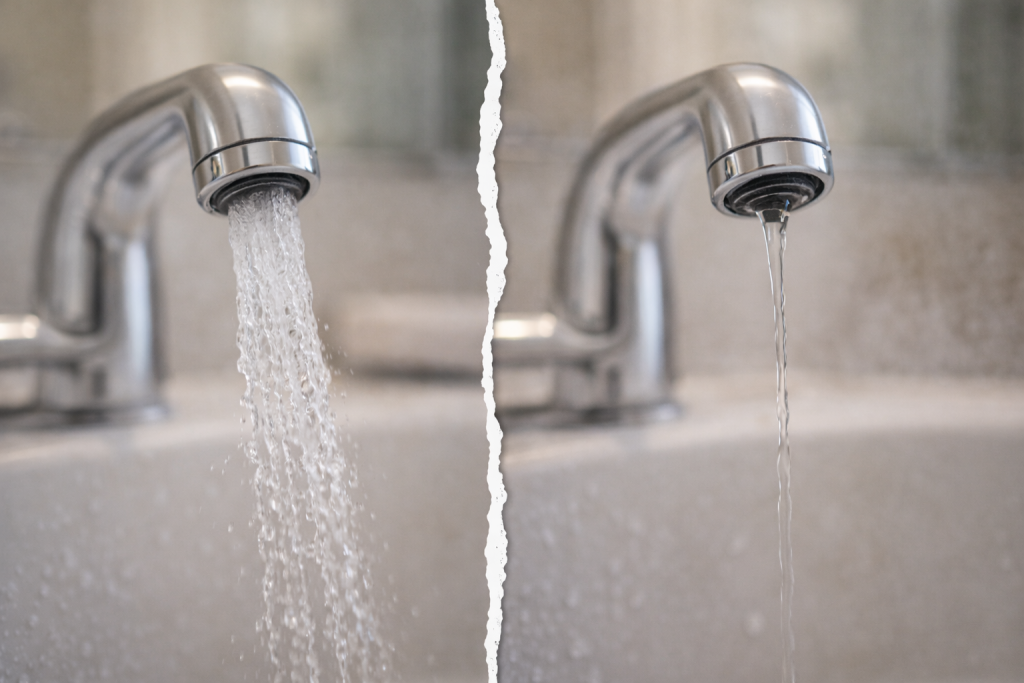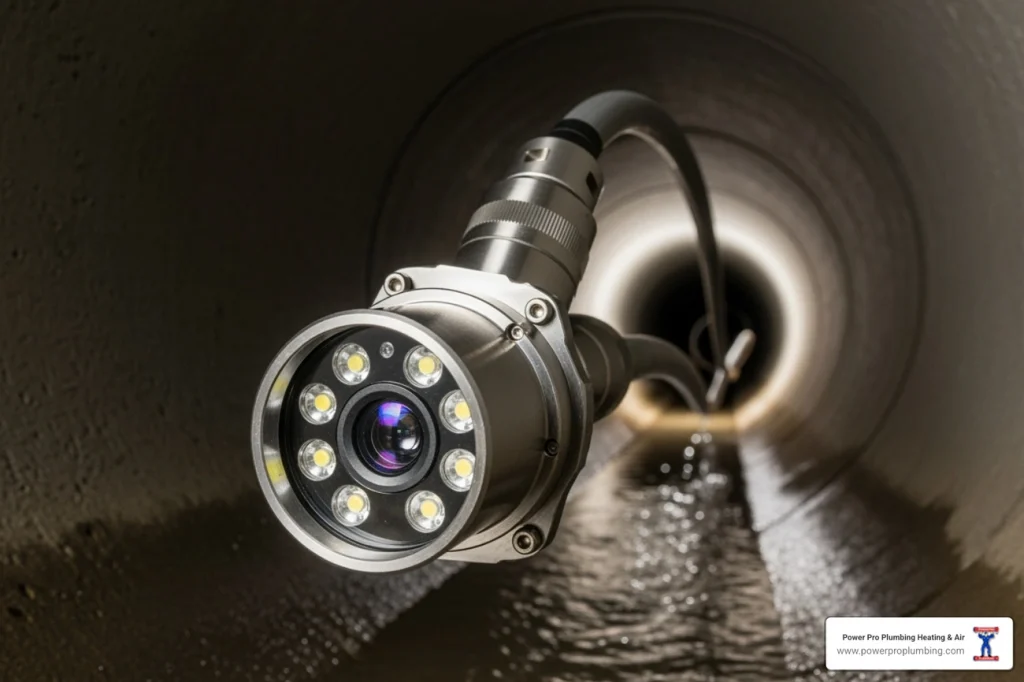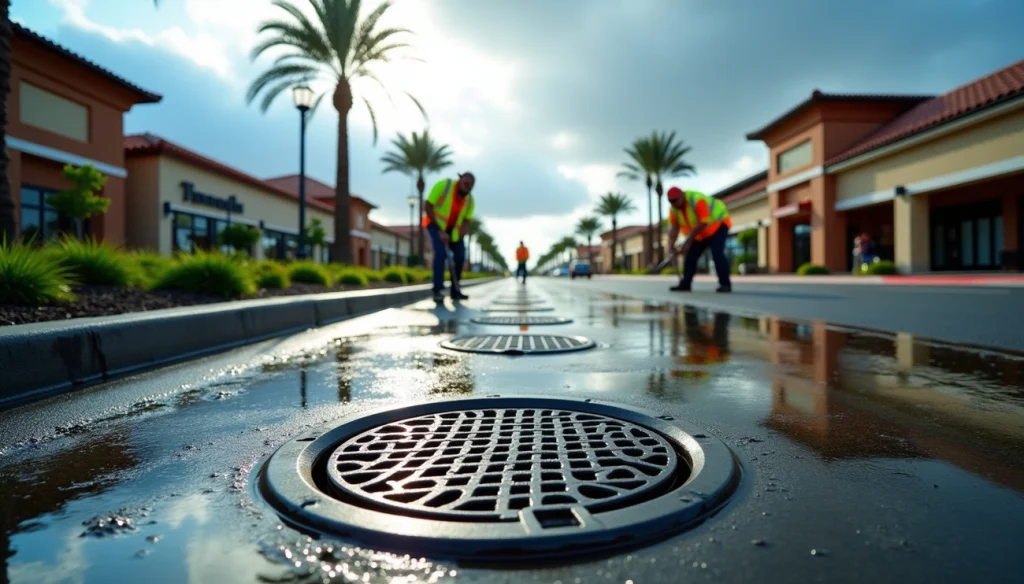Did you know that the average plumbing system in a historic home can be over 100 years old? That’s a century of water flowing through those pipes!
Living in a historic home comes with its unique charm, but maintaining those old plumbing pipes can feel like solving a complex puzzle. From mysterious knocking sounds in the walls to unexpected leaks, these aging systems often present challenges that modern homes rarely face.
The good news? With proper maintenance and care, your historic home’s plumbing can continue serving you reliably for years to come. Many homeowners worry about their older home plumbing issues, but understanding your system is half the battle.
Whether you’re dealing with century-old cast iron or aging copper pipes, this guide will walk you through everything you need to know about keeping your historic home’s plumbing system in top shape. Let’s explore how to protect these architectural treasures while ensuring they meet your modern needs.
Assessing Different Pipe Materials
Understanding the different types of pipes in your historic home is crucial for proper maintenance. Let’s explore the most common materials you’ll encounter and what they mean for your home’s plumbing health.
Lead and Galvanized Steel
Before the 1930s, lead was commonly used in plumbing systems. If your home still has lead pipes, immediate replacement is essential due to serious health risks. Galvanized steel pipes, popular from 1900 to the 1960s, were initially seen as a safer alternative. However, these pipes typically last only 40-50 years and develop internal rust that can restrict water flow and contaminate your water supply.
Key signs of galvanized steel pipes:
- Brown water when first turning on taps
- Consistently low water pressure
- Visible rust around pipe connections
- Discolored water stains on porcelain fixtures
Cast Iron and Copper
Cast iron pipes, primarily used for drainage, can last 80-100 years but deteriorate from the inside out. Watch for rust around collar connections – this often indicates internal deterioration. Copper, introduced around 1927, revolutionized home plumbing with its durability and corrosion resistance. Many copper systems installed in the late 1930s are still functioning effectively today.
Early PVC and Other Materials
PVC made its debut in American homes during the 1950s, offering a rust-free alternative to metal pipes. Early PVC installations were sometimes problematic, but modern versions have improved significantly. In the 1980s, newer materials like PEX and CPVC emerged, offering more flexible and durable options for historic home updates.
Supply Line Maintenance Strategy
Maintaining the supply lines in your historic home’s plumbing system requires a strategic approach to prevent costly repairs and ensure reliable water delivery. Here’s how to keep your supply lines in top condition.
Pressure Monitoring Systems
Modern technology can be a game-changer for old plumbing pipes. Installing a smart water monitoring system helps track water flow, pressure, and temperature throughout your home. These devices can detect both major leaks and minor drips that might lead to mold growth. Most importantly, they can automatically shut off your water supply if they detect unusual patterns, potentially saving your historic home from severe water damage.
Joint and Fitting Care
The connections between pipes often become the weakest links in older plumbing systems. Pay special attention to these warning signs around joints and fittings:
- Water stains or damp spots near connections
- Unusual sounds when turning on faucets
- Rusty or discolored water
- Visible corrosion around pipe joints
Regular maintenance tip: Tighten loose connections and replace worn-out washers promptly. For threaded connections, use appropriate plumber’s tape to ensure proper sealing.
Corrosion Prevention
Preventing corrosion is crucial for extending your supply lines’ lifespan. If your home has different types of metal pipes connected, install dielectric couplings to prevent galvanic corrosion. Maintain proper water pH levels (between 6.5 and 8.5) and consider installing water treatment systems to reduce mineral buildup. Remember, avoiding chemical drain cleaners is essential as they can accelerate pipe deterioration in older homes.
Drain System Preservation
Preserving the drain system in your historic home requires a delicate balance of preventive care and gentle maintenance. Let’s explore proven strategies to keep your drainage system flowing smoothly without compromising its integrity.
Root Intrusion Prevention
Tree roots naturally seek out water sources, making your old plumbing pipes particularly vulnerable to invasion. Early detection is crucial – watch for warning signs like:
- Slow-draining fixtures
- Gurgling sounds in pipes
- Unexplained wet spots in your yard
- Recurring backups in multiple drains
Install root barriers around your sewer lines and consider regular professional inspections using video technology to spot potential issues before they become major problems.
Gentle Cleaning Methods
Harsh chemicals can devastate older pipes, so opt for these safer alternatives:
- Monthly treatments with enzyme-based cleaners
- Natural bacterial cleaners that break down organic matter
- Regular maintenance with drain snakes designed for older pipes
- High-pressure water jetting (only when performed by experienced professionals)
Important: Never use chemical drain cleaners in old plumbing pipes, as they can accelerate pipe deterioration and cause extensive damage.
Structural Support Maintenance
Proper support is essential for preventing pipe sag and maintaining correct drainage slopes. Inspect your visible pipes regularly for signs of:
- Sagging or misalignment
- Loose mounting brackets
- Corroded support hardware
- Changes in pipe slope
Maintain the recommended slope of ¼ inch per foot for optimal drainage flow. If you notice any structural issues, consult a plumber experienced in historic homes to ensure repairs preserve your system’s integrity while meeting modern standards.
Emergency Prevention Protocol
Preventing plumbing emergencies in your historic home starts with vigilance. While maintaining old plumbing pipes requires attention, knowing what to look for can save you from midnight emergencies and costly water damage.
Early Warning Signs
Your historic home will often signal potential plumbing problems before they become emergencies. Watch for these critical indicators:
- Unusual sounds (water hammer or pipe rattling)
- Discolored water from faucets
- Unexplained increase in water bills
- Damp spots on walls or ceilings
- Persistent sewer odors
Quick Response Procedures
When you spot trouble with your older home plumbing issues, time is crucial. Follow these immediate steps:
- Locate and familiarize yourself with the main water shutoff valve
- Install water sensor alarms in prone areas
- Keep essential tools readily available
- Document emergency plumber contacts
- Take photos of normal pipe conditions for comparison
Professional Inspection Schedule
For homes with historic plumbing systems, regular professional inspections are non-negotiable. Schedule comprehensive inspections:
- Annually for general system assessment
- Every six months for homes over 75 years old
- Seasonally before extreme weather changes
Pro tip: Consider installing a WiFi-connected monitoring system that can alert you to potential issues before they escalate into emergencies. These modern solutions can protect your historic plumbing while maintaining its original charm.
Conclusion
Maintaining historic home plumbing demands attention to detail and careful consideration of your system’s unique characteristics. Understanding your pipes’ materials, age, and potential weaknesses allows you to protect these architectural treasures while ensuring reliable daily function.
Smart maintenance strategies make a significant difference in your plumbing system’s longevity. Regular monitoring, gentle cleaning methods, and proper structural support help prevent major issues before they develop. Most importantly, staying alert to warning signs and maintaining a solid emergency response plan protects your historic home from unexpected plumbing disasters.
Remember that each historic home tells its own story through its plumbing system. Proper care of these aging pipes preserves both your home’s character and its functionality for future generations. Consistent maintenance, coupled with professional inspections, will keep your historic plumbing system running smoothly for years to come.
